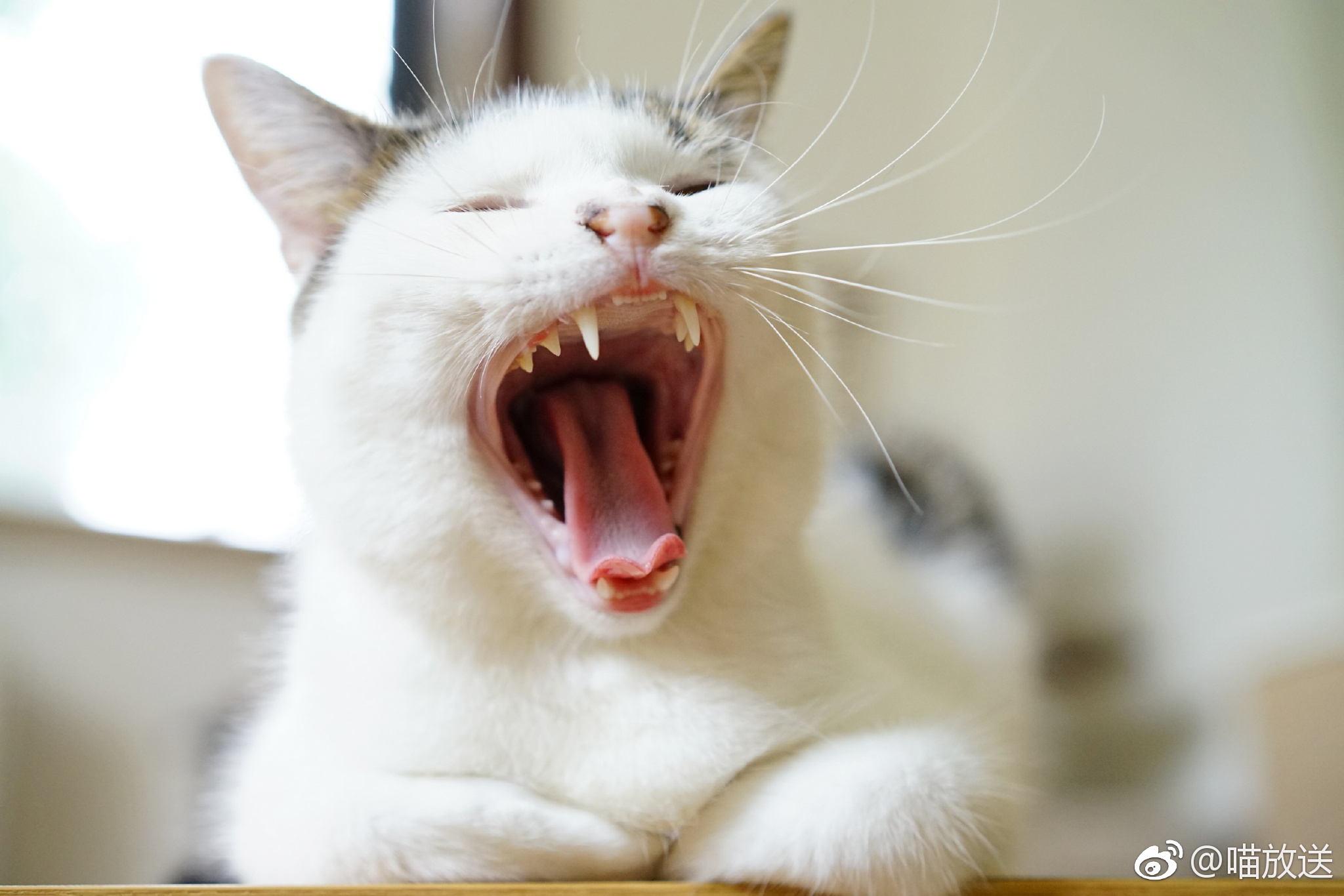虎扑体育网
 搜我想看
搜我想看【挑战】美国本科历史教科书的看图说话题·第一章 史前艺术
教科书为《Worlds Together, Worlds Apart》第六版,主编来自普林斯顿大学。Challenge yourself!
Prehistoric Art 史前艺术
Prehistoric art provides some of the best direct evidence for the thoughts and experiences of humans who lived prior to the invention of writing (which, as we'll see in Chapter 2, has only been around for 5,000 years). Paintings showing the outlines of hands, images of animals, and even hunting scenes adorn the walls of caves across Afro-Eurasia, put there by humans over tens of thousands of years.
史前艺术为书写发明之前的人类的思想和经历提供了一些最好的直接证据(正如我们将在第二章中看到的,书写发明后的思想和经历只存在了5000年)。跨越亚非欧大陆的洞穴墙壁上绘有手的轮廓、动物的图像,甚至还有狩猎的场景,这些都是人类数万年前放置在那里的。
Horses, rhinos, and aurochs from Chauvet Cave
来自肖维岩洞的马、犀牛和欧洲野牛
Cave painting at Bhimbetka
比莫贝卡特石窟的洞穴壁画
Lions from Chauvet Cave
来自肖维岩洞的狮子
Stenciled hands from Cueva de las Manos (Cave of Hands) in Argentina
来自阿根廷平图拉斯河手洞的模板手
The artwork in Chauvet Cave in southwestern France may be the oldest in Europe, dating to about 35,000 years ago. In the two images below from Chauvet Cave, the repeated and overlapping images of horses and lions convey perspective, movement, and speed. In central India, cave paintings at Bhimbetka date to as long as 30,000 years ago; the painting reproduced here includes several herds of different types of animals. Other images from this site painted over thousands of years include humans dancing and even having sex. In a cave complex in Argentina, humans over generations used pipes fashioned from bone to blow black, white, red, yellow, and purple pigments at their hands pressed against the cave walls, leaving reverse-stenciled handprints that proclaimed “I was here” more than 7,000 years ago. Cave paintings from other areas like Lascaux in southeastern France (20,000 years old), Altamira in Spain (17,000 years old), and Tassili-n-Ajjer in North Africa (8,000 years old) provide similar insights into the artists' lives.
这件发现于法国西南部肖维岩洞的艺术品可能是欧洲最古老的艺术品,可以追溯到3.5万年前。在下面这两张来自肖维岩洞的图片中,马和狮子的图片重复重叠,传达了视角、动作和速度。在印度中部,比莫贝卡特的洞穴壁画可以追溯到3万年前,这里复制的壁画包含了几种不同类型的动物。在这个地点上绘制的其他几千年的图像包括人类跳舞,甚至有性行为。在阿根廷的一个洞穴复杂地带,人类世世代代都在使用骨头制成的管子,把手上的黑、白、红、黄和紫色颜料压在洞壁上,留下反向印刷的手印,宣告7000多年前“我在这里”。来自其他地区的洞穴壁画,如法国东南部的拉斯科 (20,000年前)、西班牙的阿尔塔米拉(17,000年前)和北非的阿杰尔高原 (8000年前) ,也为这些艺术家的生活提供了类似的见解。
In addition to making paintings, early humans carved figurines. Small female figurines, often with emphasized breasts and genitalia, have been found at Willendorf in Austria, Dolni Vestonice in the Czech Republic, Cernavoda in Romania, and Malta in Siberian Russia. These figurines, carved from limestone, mammoth tusk, and reindeer horn, also range from about 35,000 to 8,000 years old. The figurine known as the Venus of Hohle Fels, found in Germany, dates to more than 35,000 years ago. This 2.4-inch carving may have been worn as an amulet. The 6-inch Venus of Willendorf from more than 25,000 years ago wears only a headdress (or braided hairstyle) and rests her arms across her breasts. The apparent continuity in both the cave art and figurines across thousands of years is striking.
早期人类除了制作绘画外,还雕刻小雕像。在奥地利的沃尔道夫、捷克共和国的下维斯特尼采、罗马尼亚的切尔纳沃德和俄罗斯西伯利亚的马耳他,都发现了一些小型的女性雕像,它们通常突出了乳房和生殖器。这些雕像由石灰石、猛犸象牙和驯鹿角雕刻而成,也有35000到8000年的历史。在德国发现的霍勒费尔斯维纳斯雕像可以追溯到35000多年前。这个2.4英寸的雕刻可能是作为护身符佩戴的。这位来自25000多年前的6英寸长的维伦多尔夫的维纳斯只戴着一个头饰(或者编成辫子的发型) ,双臂交叉放在胸前。洞穴艺术和雕塑在数千年间的明显延续性是惊人的。
Venus of Hohle Fels
霍勒费尔斯维纳斯
Willendorf Venus
沃尔道夫的维纳斯
QUESTIONS FOR ANALYSIS 分析题
1.Based on these cave paintings and figurines, what types of subjects did humans in the prehistoric period depict in their art? Why do you think they chose those subjects?
1.根据这些洞穴壁画和雕像,史前时期的人们在他们的艺术中描绘了什么样的题材?你认为他们为什么选择这些主题?
2.Compare these paintings and figurines. Given that there was not likely any interaction between the communities that produced them, what do you think might account for the similarities and differences?
2.比较一下这些绘画和小雕像。考虑到产生它们的社区之间不太可能有任何互动,你认为是什么可能导致了它们之间的相似之处和不同之处?
3.Imagine an artist in a dark cave, painting with plant-made pigments by the light of a flickering torch; or a man or woman spending a hundred hours to carve a figurine from limestone. What might spur the creation of such artworks? How does this art change your understanding of the hunting and gathering lifestyle?
3.想象一下,一个艺术家在一个黑暗的洞穴里,在闪烁的火把的光线下用植物制成的颜料作画; 或者一个男人或女人花上一百个小时用石灰石雕刻一个人物雕像。是什么促使了这些艺术作品的创作?这种艺术如何改变你对狩猎和采集生活方式的理解?
全部回复

abba1
· 上海画野牛野马这个笔触感觉也太好了,不知道是怎么练出来的。

ot103
· 河北……不是吧,原始人绘画水平这么高吗?!

